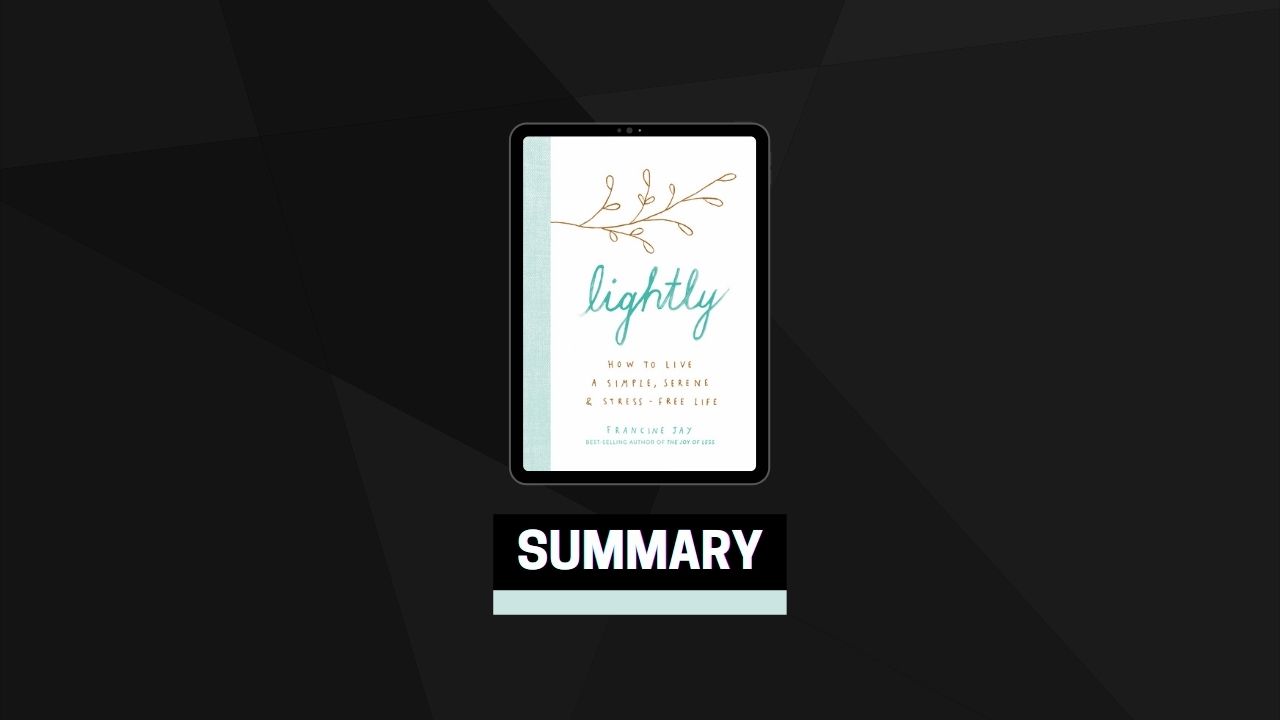A clean slate
If you’ve ever tried to declutter, you know how tedious it can be to pick through a drawer, closet, or cabinet, looking for things to get rid of. You’re likely to let many things slide and leave them where they are, just to be done with the chore.
There’s an easier, more effective way to lighten your stuff: Start with a Clean Slate. In other words, take that drawer, closet, cabinet, or other area of excess and completely empty its contents. Dump it out, clear it off, strip it bare of everything.
A clean state overcomes inertia—sometimes the only force holding your clutter in place. Do you have stuff in your household that hasn’t moved in months, years, or (gasp) decades? Just because you can’t remember life without it doesn’t mean you should keep it.
Once you’ve emptied things out, take a few minutes and gaze at that glorious space. Picture how lovely it’ll be—no longer stuffed to the gills but holding a well-edited collection of your favorite things. With any luck, you’ll find yourself pretty reluctant to put the mess back in.
Consolidate
When deciding what to keep, consolidate like-with-like items. Why is this so important? Because it’s a lot easier to let things go when you have a million others just like it.
Make a pile of plates, pens, pillowcases, or whatever it is you’re working on. Seeing them all together can be an illuminating experience and a powerful incentive to lighten things up.
Search your household to find all the multiples. These duplicates often go their separate ways and end up in different parts of the house. If you’ve stashed some office supplies in your bedroom or sweaters in your spouse’s closet, round up all of them before you proceed.
Once you’ve consolidated a category of items, count them. You may be shocked at how many you have. And while you might make a good case for owning one, three, or even a half dozen of something, you’ll be hard-pressed to justify a double-digit figure.
After you’ve cleared out the excess, keep the remainder consolidated. That way, you can nip clutter in the bud if your supply starts growing again. Your things will also be easier to find when you need them. You’ll no longer have to search your entire house for a “lost” item or buy a second of something you already have. That means less stress, less expense, and less stuff down the road.
Curate
How to determine what makes the cut? It’s simple: Keep only those items that make your life easier or happier. Enjoy the process of selecting your favorite things. It gives you a chance to admire and appreciate the lovely stuff you have.
What if they all seem like favorites? Well, according to the Pareto Principle, we use 20 percent of our stuff 80 percent of the time. That means that the vast majority of our possessions are not that special or important, and our lives would go on just as well without them. Curating is identifying that magical 20 percent and decluttering much of the rest.
Curating is a marvelous opportunity for self-reflection, and makes us ask questions that go beyond our possessions. In the process, we make peace with our past (ditch that gift from an ex), embrace our present (keep the jeans that fit now), and shape our future (toss books from a former career).
When you curate, cast off anything and everything with negative associations and surround yourself only with bits of happiness. Make sure your things tell the story of the life you want to live.
An out box
The problem: It’s easy for stuff to get in, but far more difficult to get it out. Once they’ve made it inside, things become comfortably ensconced in our households. Even when we want to get rid of something, we’re often at a loss for how.
That’s why every home needs an Out Box. It’s an exit route for unwanted stuff. Your Out Box can be as simple as a large cardboard box tucked in your coat closet, laundry room, or other convenient spot. Whenever you (or family members) come across something to discard, simply put it in the box. Dealing with your excess couldn’t be easier.
So fill it up, donate the contents, and fill it up again. Make your Out Box a permanent fixture, and add something new to it each and every day. The heavier your box becomes, the lighter your home.
Organize
After you’ve dealt with your discards, it’s time to organize what’s left. You’ve done a lot of work consolidating items, and you want to prevent them from dispersing through the house again.
Organizing is simply giving each possession a proper place, so you know what belongs in your house and what doesn’t. That’s why it’s very important this step come after you’ve curated. The last thing you want to do is organize your clutter!
When things aren’t contained, they drift around and pile up (in drawers, on tables, on counters) because there’s nowhere to put them. That gives clutter the perfect place to hide. Conversely, when your chosen possessions have their own special spots, stray items stand out, making them easier to identify and remove. Things without a place don’t belong in your space.
Containers also make your stuff portable, giving you access to it wherever needed. If all your craft or office supplies are in a single box, you can set up a workspace anywhere in your house. When you’re finished, simply scoop your stuff back into its container rather than leave it strewn on the table
Organizing isn’t meant to hide things away, it’s meant to put them in order once and for all. It makes all your wonderful, useful items easier to use. Just remember: The less you have to organize, the better. Life shouldn’t be spent shuffling around stuff.
Refine
Refining is making smart choices based on your needs, rather than what everyone else has or what advertisers tell you to have. You likely own gear for things you think you should do—make your own pasta, sew your kids’ clothes, power-wash your deck—but never get around to actually doing. Release those items and free up time and space for activities you actually enjoy.
Further refine your possessions by participating in the sharing economy: borrow books, rent an evening gown, use a tool library, join a car share program. If you need an item irregularly or infrequently, better to borrow than to own it.
Finally, take full advantage of modern technology and digitize what you can. For example, refine sentimental items by preserving the memories with pictures instead of the actual objects. Digital technology makes your paperwork, photographs, books, movies, music, games—and sometimes even heirlooms—absolutely weightless. You can enjoy them to your heart’s content, whenever and wherever you want, without having to worry about physically storing or transporting them. It doesn’t get any lighter than that.
Reign
A household is a complicated system; by nature, it tends to chaos if left unattended. A guiding hand is needed to keep things peaceable.
As king or queen of your castle, your first duty is to maintain order. Now that each possession has its own spot, always be sure it returns there. Stay vigilant over your tables, your countertops, your floor—all those lovely surfaces where clutter accumulates. Whenever you notice a stray item, show it to its proper place. Make sure everyone else in your household knows where to put stuff, too. It can help to label exactly where the salad plates, stapler, or school forms belong.
When things get unruly, do a reset: Restore your space to its pristine, uncluttered state. In other words, gather all the out-of-place items and put them away. Do this nightly or weekly—whatever helps you stay ahead of the mess. Involve your whole family, and make each person responsible for their own belongings.
Your second responsibility is to monitor entry. Your home is vulnerable to invasion—by gifts, junk mail, freebies, bargains, among other things—and must be protected. Be on guard during high-influx periods like holidays and end-of-season sales; that’s usually when our defenses are down and our doors are open.
Further these efforts by forming alliances. If you can interest your partner, children, parents, or peers in minimalism, all the better. Perhaps your mom will find less material ways to spoil the grandkids, and your best friend will consider alternatives to a gift exchange. Rather than preach, simply share the happiness you’ve found in living more lightly.


